Last updated: November 8, 2021
Article
Friends Don't Let Friends...Stay Inside*
*And Other Cautionary Tales
Sometimes it’s nice to find solitude in nature. Other times, it’s good to take a friend. Especially if that friend was going to binge watch Cobra Kai or Halloween instead of heading outside. Friends don’t let friends stay inside. And once you’re out in a park, there are certain other activities that friends never let friends do.
Friends don’t let friends move firewood.
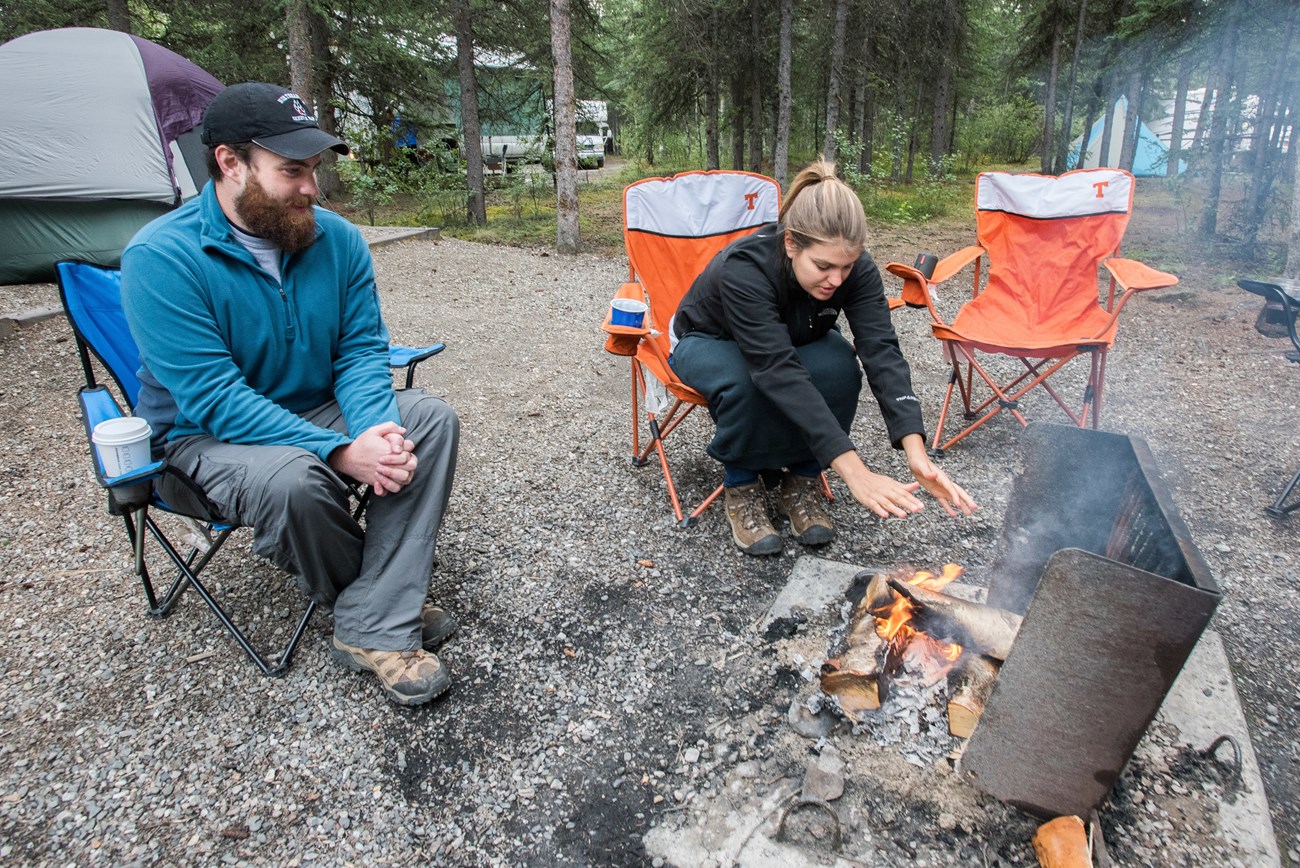
NPS/Denali/Miller
Friends don't let friends feed wildlife.
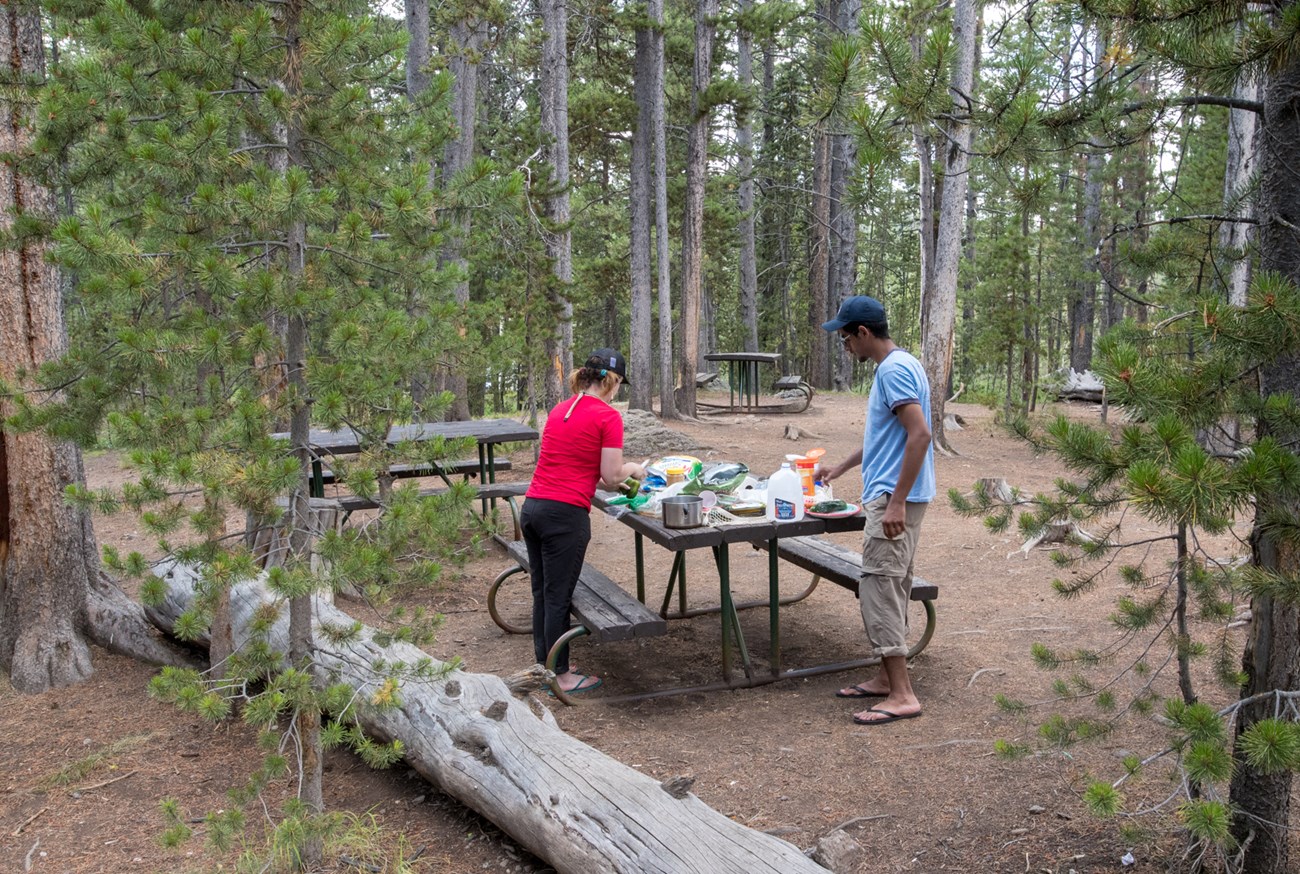
NPS/Yellowstone/Peaco
When visitors feed animals—either accidentally by leaving crumbs or on purpose by throwing bread to birds—it has a negative effect on wildlife. The healthiest diet for wildlife is whatever they naturally hunt, forage, or scavenge. Learn more about the Dangers of Eating Human Food for wildlife.
Friends don’t let friends stack rocks.
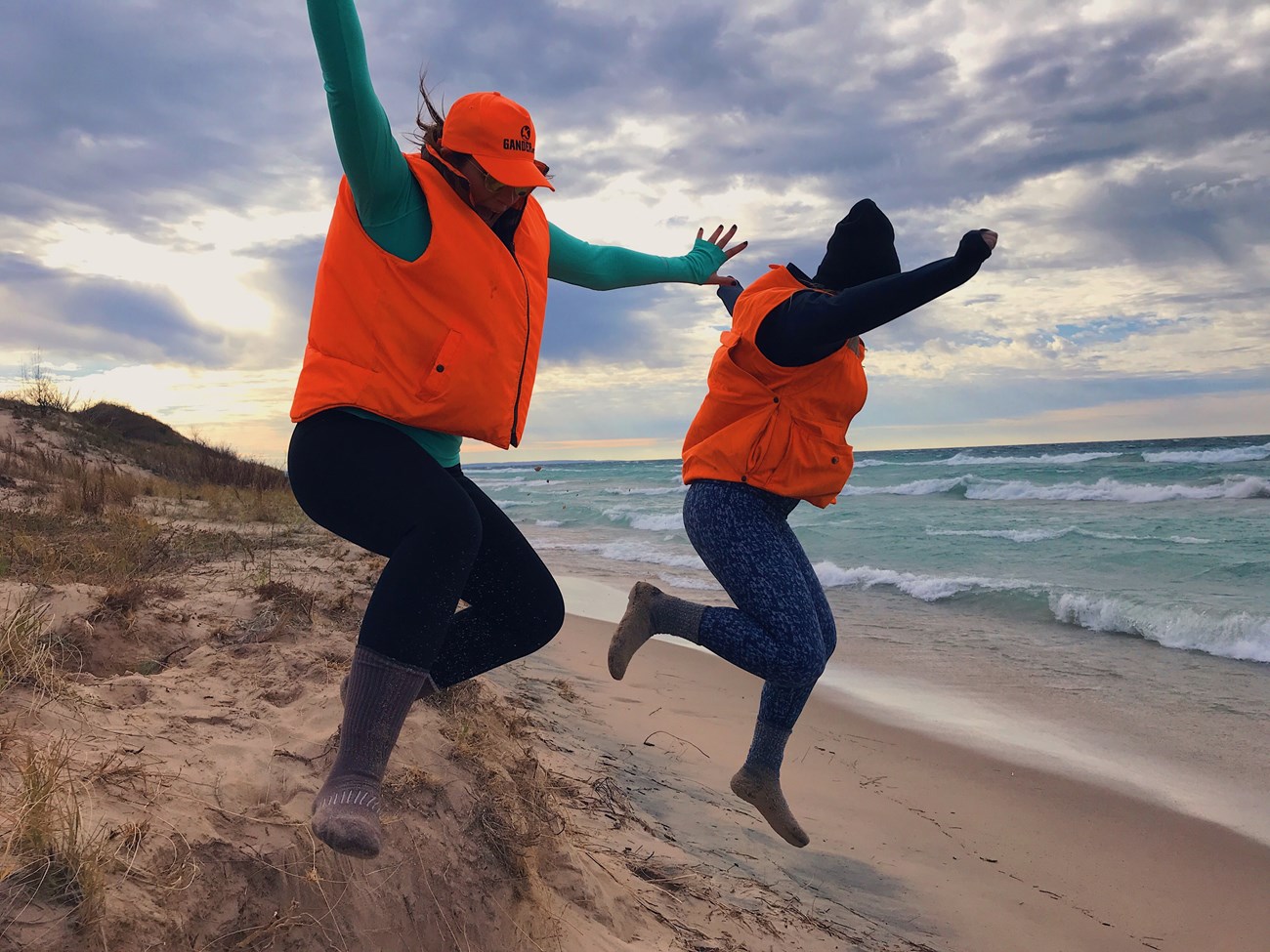
Photo courtesy of Rachel Swaffer (@swaffer_says)
Cairns are rock piles that guide hikers along trails. When authorized, they’re incredibly helpful. But in recent years, sometimes people like to stack rocks for fun. It’s important to leave rocks where they are; stacking them disrupts the natural plants and animals and it changes the views. Learn all about Rock Cairns.
Friends don’t let friends get too close.
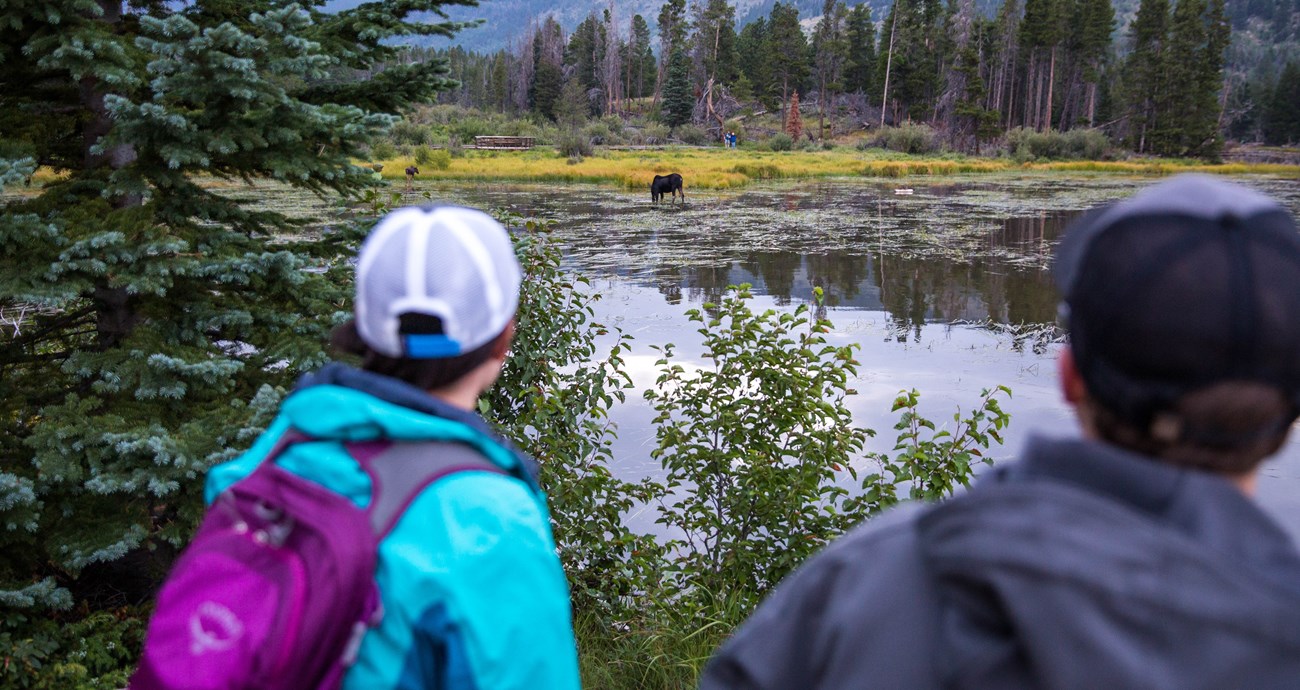
NPS/M. Reed
Watching wildlife is a fantastic activity to do in parks...it’s right up there with hiking and camping. But whether you’re birding or hoping to glimpse bison or moose, don’t get too close. It’s dangerous for you, your friends, and the wildlife. Before your next adventure, check out the 7 Ways to Safely Watch Wildlife.
Friends don’t let friends litter.
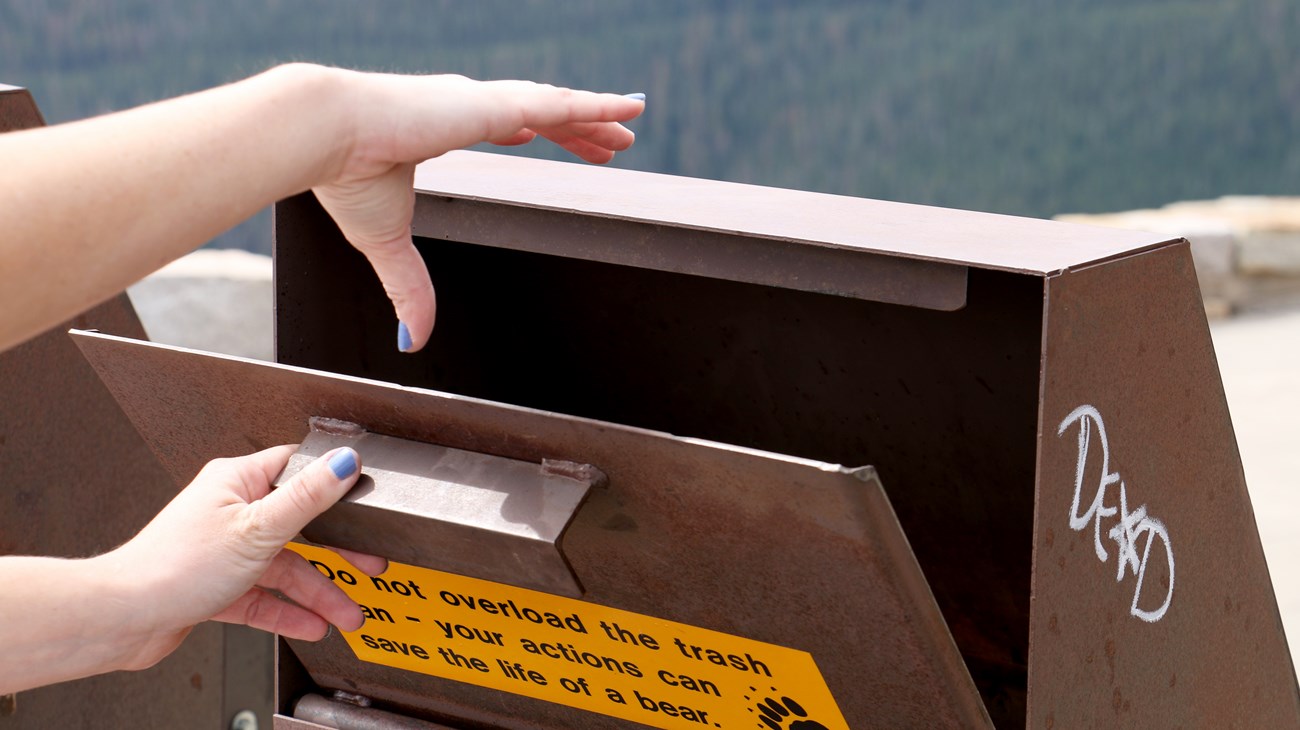
NPS/M. Reed
You know the drill: Pack it in, pack it out. Give a hoot, don’t pollute. Don’t be a litterbug. Keep America Beautiful. Don’t Mess with Texas. Trash can be dangerous to our wildlife, and it looks gross. Friends Don’t Let Friends Litter, especially in our national parks.
Friends don’t let friends take dangerous selfies!
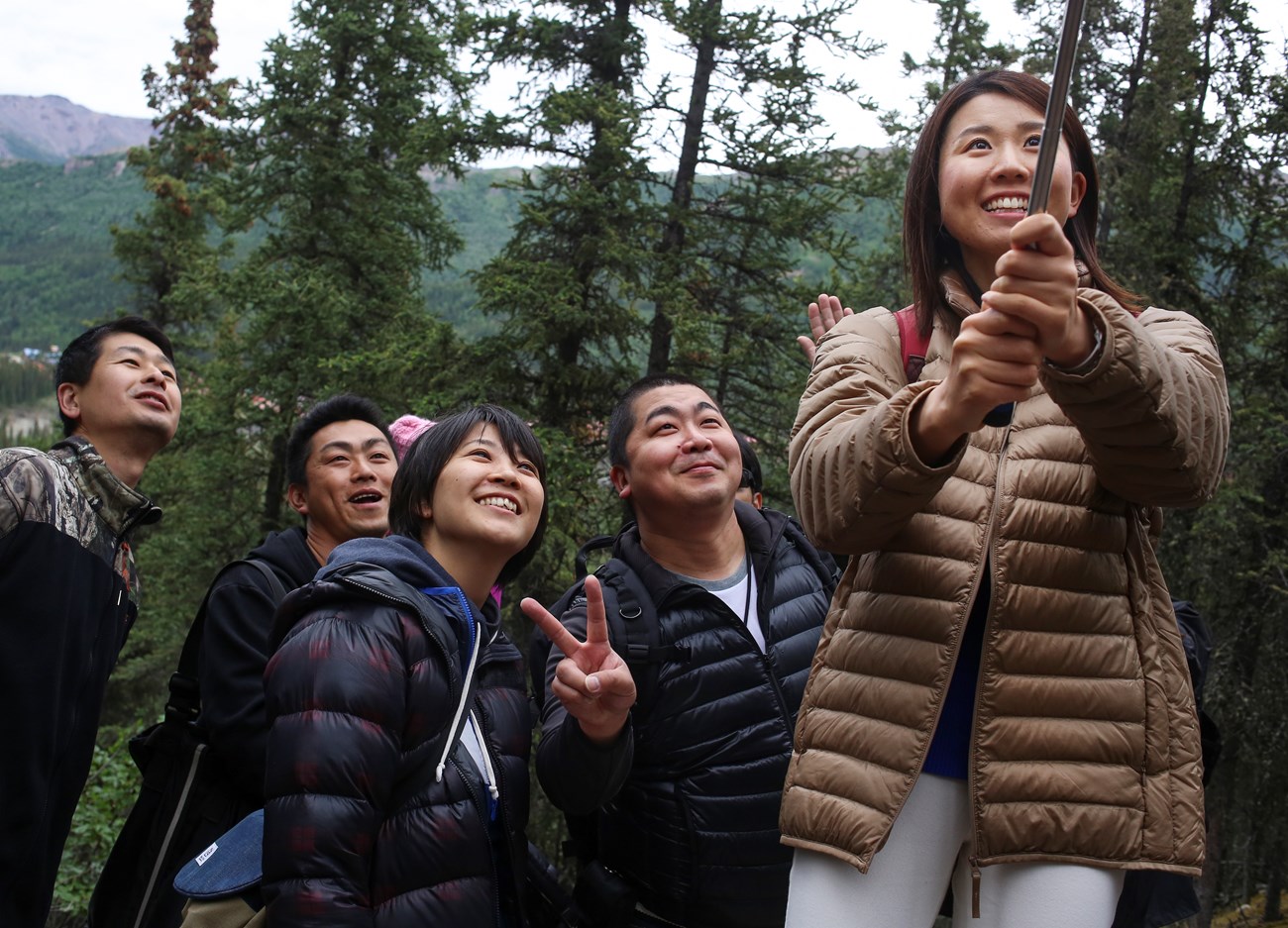
NPS/Denali National Park/Mesner
National parks are perfect back drops for your vacation selfies. Some things just can’t be argued with. We know that, but we want you to be safe, too, so remember that friends don’t let friends take dangerous selfies. Keep a safe distance from wildlife, and make sure you have firm footing. We have a lot of tips on how to Keep Safety in the Picture.
Friends don’t let friends go off trail.
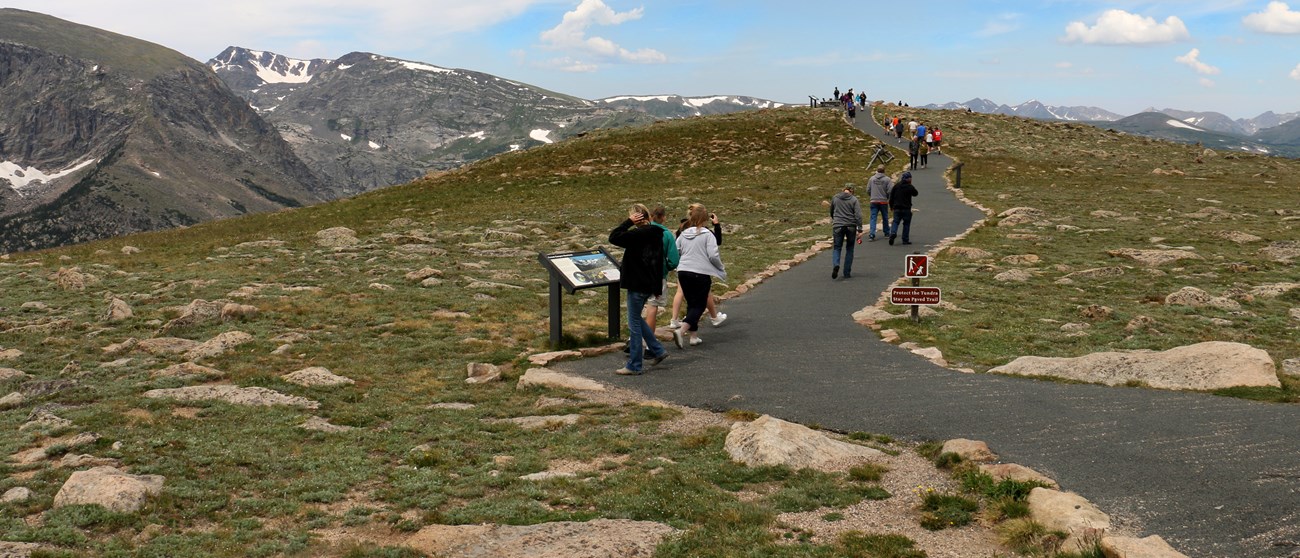
NPS photo/M. Reed
When park visitors walk off trail, we introduce the potential for harm to the beautiful plants, the soil, and the nearby wildlife. Going off trail increases risk to threatened or endangered plant species in some areas. Keep your buddies with you, on established trails, so we can all enjoy these beautiful places.
Friends don't let friends leave campfires unattended.
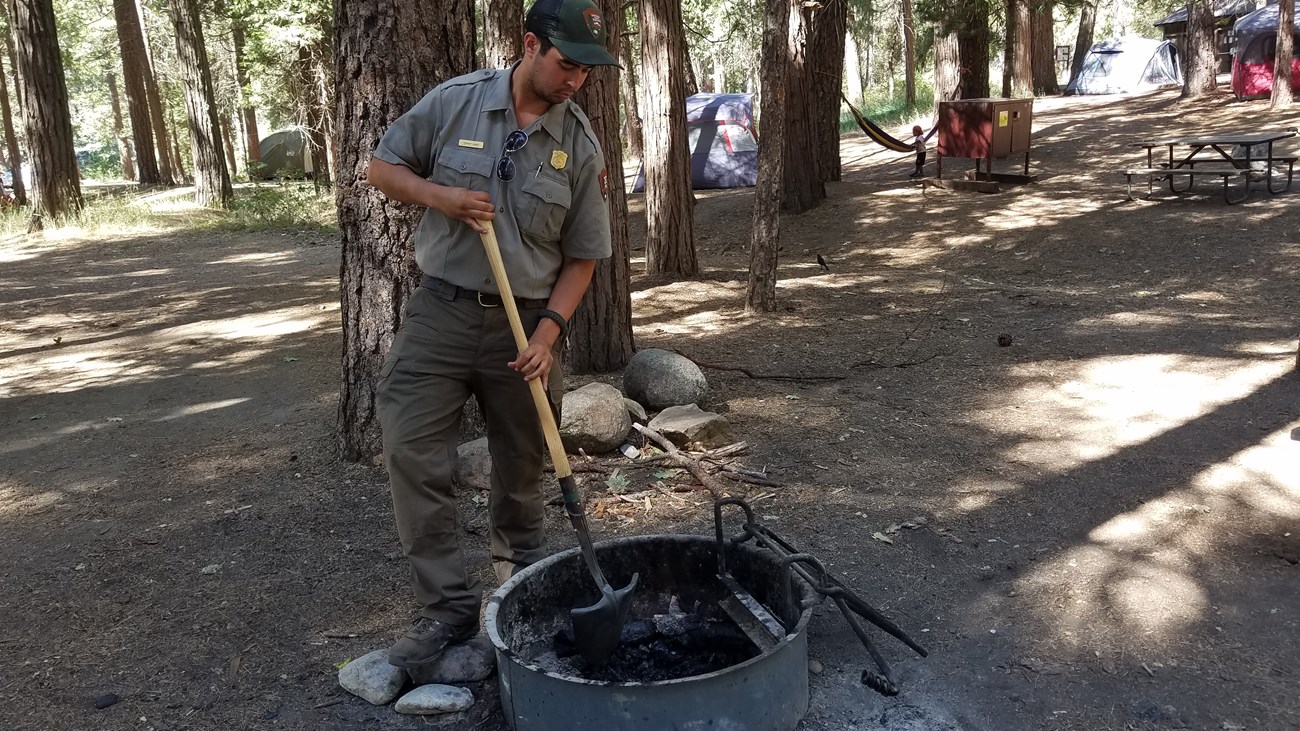
NPS
Friends don't let friends fly drones.

Please keep all of these tips in mind, but most importantly, friends don’t let friends stay inside! Spending even just 30 minutes outside, in natural areas is good for your health. Grab a pal and go enjoy some time outdoors.
